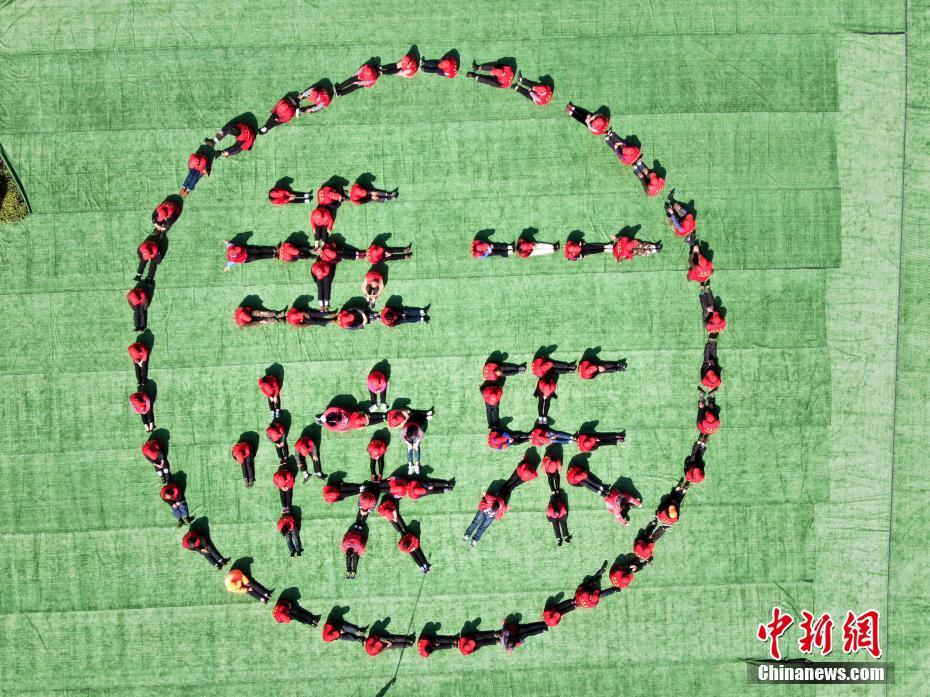The first look a Twitter user gets at a tweet might be an unintentionally racially biased one.
Twitter said Sunday that it would investigate whether the neural network that selects which part of an image to show in a photo preview favors showing the faces of white people over Black people.
The trouble started over the weekend when Twitter users posted several examples of how, in an image featuring a photo of a Black person and a photo of a white person, Twitter's preview of the photo in the timeline more frequently displayed the white person.
Tweet may have been deleted
The public tests got Twitter's attention - and now the company is apparently taking action.

"Our team did test for bias before shipping the model and did not find evidence of racial or gender bias in our testing," Liz Kelly, a member of the Twitter communications team, told Mashable. "But it’s clear from these examples that we’ve got more analysis to do. We're looking into this and will continue to share what we learn and what actions we take."
Twitter's Chief Design Officer Dantley Davis and Chief Technology Officer Parag Agrawal also chimed in on Twitter, saying they're "investigating" the neural network.
Tweet may have been deleted
Tweet may have been deleted
The conversation started when one Twitter user initially posted about racial bias on Zoom's facial detection. He noticed that the side-by-side image of him (a white man) and his Black colleague repeatedly showed his face in previews.
Tweet may have been deleted
After multiple users got in on testing, one user even showed how the favoring of lighter faces was the case with characters from The Simpsons.
Tweet may have been deleted
Twitter's promise to investigate is encouraging, but Twitter users should view the analyses with a grain of salt. It's problematic to claim incidences of bias from a handful of examples. To really assess bias, researchers need a large sample size with multiple examples under a variety of circumstances.
Anything else is making claims of bias by anecdote – something conservatives do to claim anti-conservative bias on social media. These sorts of arguments can be harmful because people can usually find one or two examples of just about anything to prove a point, which undermines the authority of actually rigorous analysis.
That doesn't mean the previews question is not worth looking into, as this could be an example of algorithmic bias: When automated systems reflect the biases of their human makers, or make decisions that have biased implications.
SEE ALSO:People are fighting algorithms for a more just and equitable future. You can, too.In 2018, Twitter published a blog post that explained how it used a neural network to make photo previews decisions. One of the factors that causes the system to select a part of an image is higher contrast levels. This could account for why the system appears to favor white faces. This decision to use contrast as a determining factor might not be intentionally racist, but more frequently displaying white faces than black ones is a biased result.
There's still a question of whether these anecdotal examples reflect a systemic problem. But responding to Twitter sleuths with gratitude and action is a good place to start no matter what.
Tweet may have been deleted
TopicsArtificial IntelligenceTwitter
(责任编辑:休閑)
 Darth Vader is back. Why do we still care?
Darth Vader is back. Why do we still care? Twitter has rolled out pinned DMs on iOS, Android, and the web
Twitter has rolled out pinned DMs on iOS, Android, and the web New Safari bug can expose Apple users' browser history and Google account details
New Safari bug can expose Apple users' browser history and Google account details TikTok's egg
TikTok's egg Wikipedia co
Wikipedia coSound the alarms: Simone Biles finally met Zac Efron
 Is there anything Simone Biles can't do?The unstoppable gymnast just won her fifth medal of the Rio
...[详细]
Is there anything Simone Biles can't do?The unstoppable gymnast just won her fifth medal of the Rio
...[详细]'Dordle' is a simultaneous double
 Another day, another Wordle, and also another Wordle clone offering a delightful or diabolical twist
...[详细]
Another day, another Wordle, and also another Wordle clone offering a delightful or diabolical twist
...[详细]'Euphoria' Season 2 is better than ever before: Review
 When Euphoriapremiered in 2019, Sam Levinson's dark portrait of modern adolescence shocked audiences
...[详细]
When Euphoriapremiered in 2019, Sam Levinson's dark portrait of modern adolescence shocked audiences
...[详细]The 13 best Hulu original shows to stream right now
 Cancel those weekend plans and open up your Hulu queue.The streamer is still extremely useful for TV
...[详细]
Cancel those weekend plans and open up your Hulu queue.The streamer is still extremely useful for TV
...[详细]How Hyperloop One went off the rails
 In December 2014, an engineer with the unlikely name Brogan BamBrogan was in the driveway of his cla
...[详细]
In December 2014, an engineer with the unlikely name Brogan BamBrogan was in the driveway of his cla
...[详细]Tesla snubbed in latest driver monitoring safety ratings from Consumer Reports
 Tesla's Autopilot and Full Self-Driving advanced driver assistance systems didn't pass the test.Cons
...[详细]
Tesla's Autopilot and Full Self-Driving advanced driver assistance systems didn't pass the test.Cons
...[详细]'Wordle' phases out offensive words at NY Times
 If it's NSFW, it's not safe for Wordle. Following the sale of Josh Wardle's popular online puzzle ga
...[详细]
If it's NSFW, it's not safe for Wordle. Following the sale of Josh Wardle's popular online puzzle ga
...[详细]Mark Zuckerberg now calls Meta employees 'metamates'
 The company formerly known as Facebook would like you to know that it's all about the metaverse. And
...[详细]
The company formerly known as Facebook would like you to know that it's all about the metaverse. And
...[详细]Fyvush Finkel, Emmy winner for 'Picket Fences,' dies at 93
 NEW YORK (AP) — Actor Fyvush Finkel, the plastic-faced Emmy Award-winning character actor whos
...[详细]
NEW YORK (AP) — Actor Fyvush Finkel, the plastic-faced Emmy Award-winning character actor whos
...[详细]Kia EV6 kicks off new era of sleeker looks with lower price, higher range
 The best part of driving Kia's newest EV through California's wine country was that no one could fig
...[详细]
The best part of driving Kia's newest EV through California's wine country was that no one could fig
...[详细]Here's George Takei chilling in zero gravity for the 'Star Trek' anniversary

Tesla Cybertruck won't be made in 2022, Elon Musk confirms
